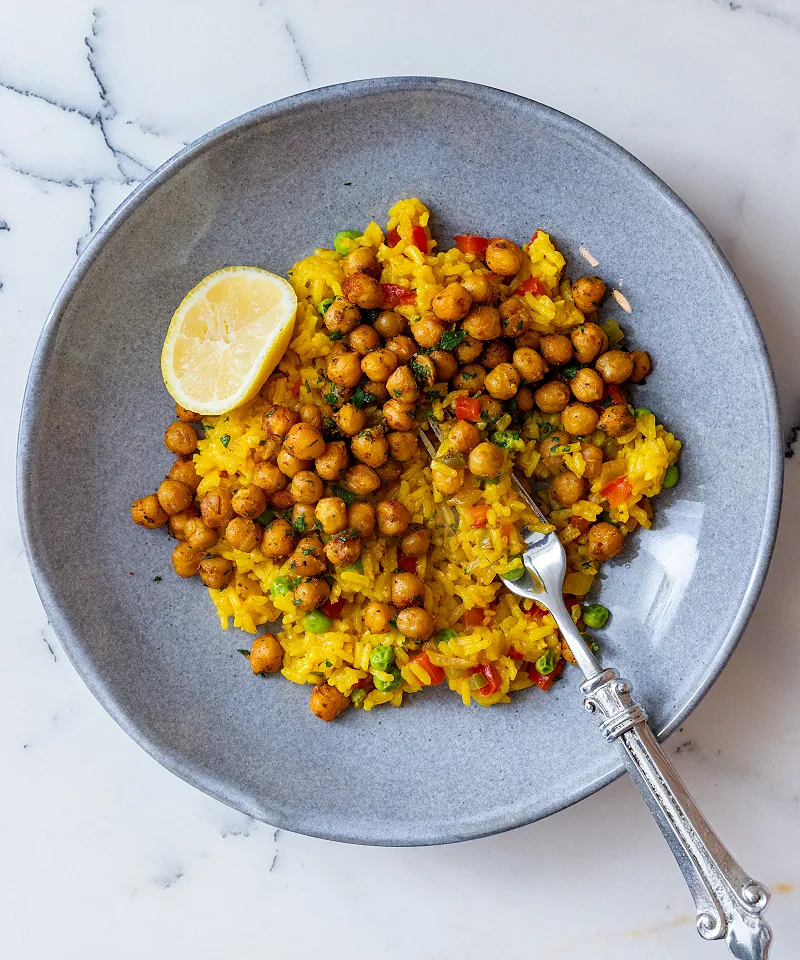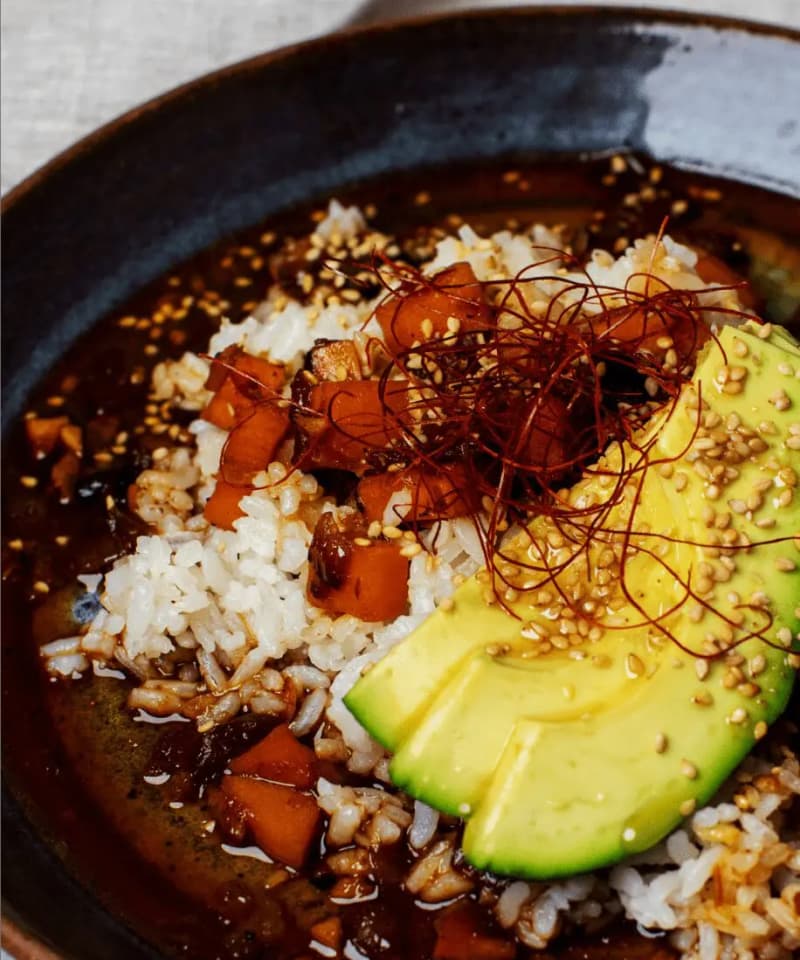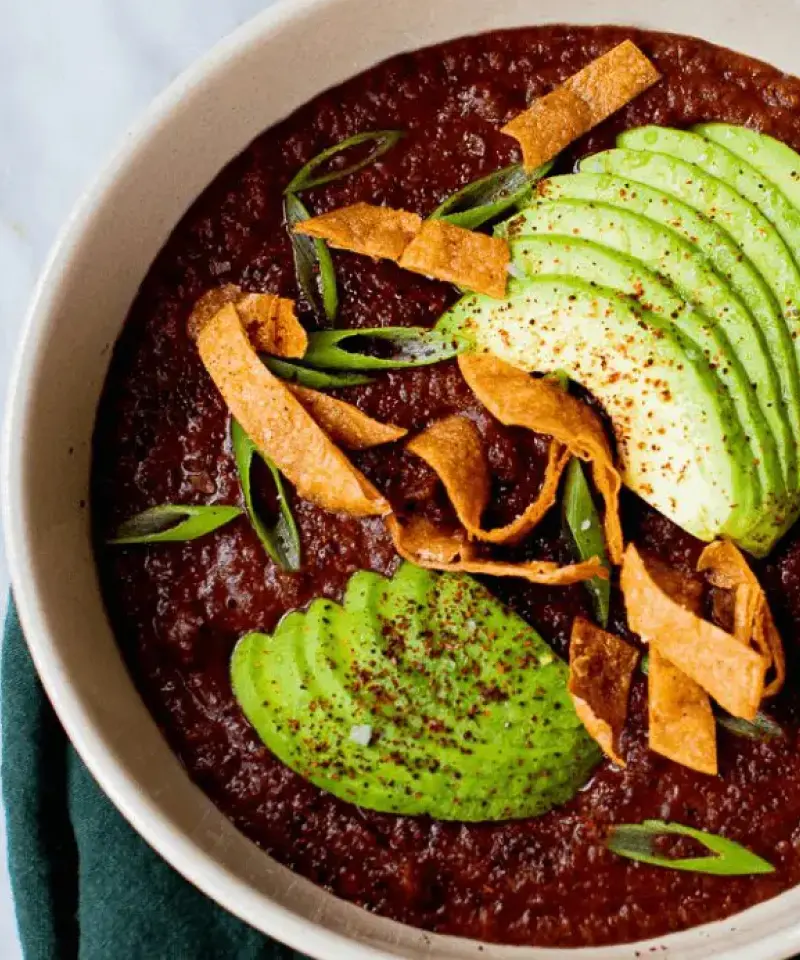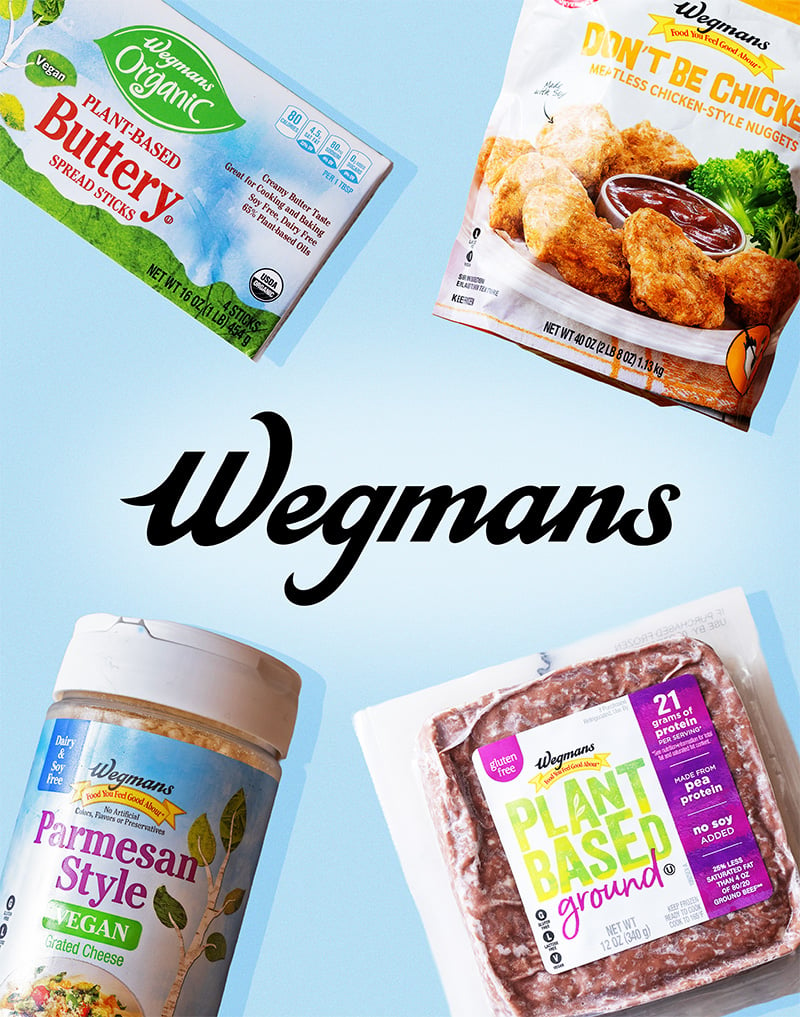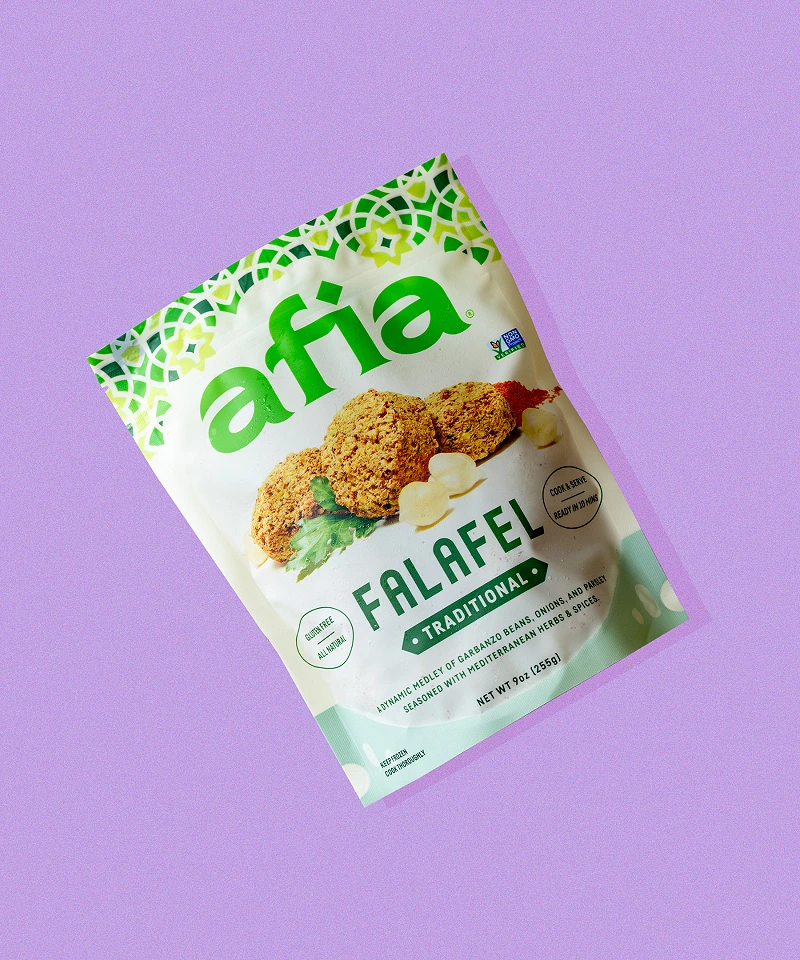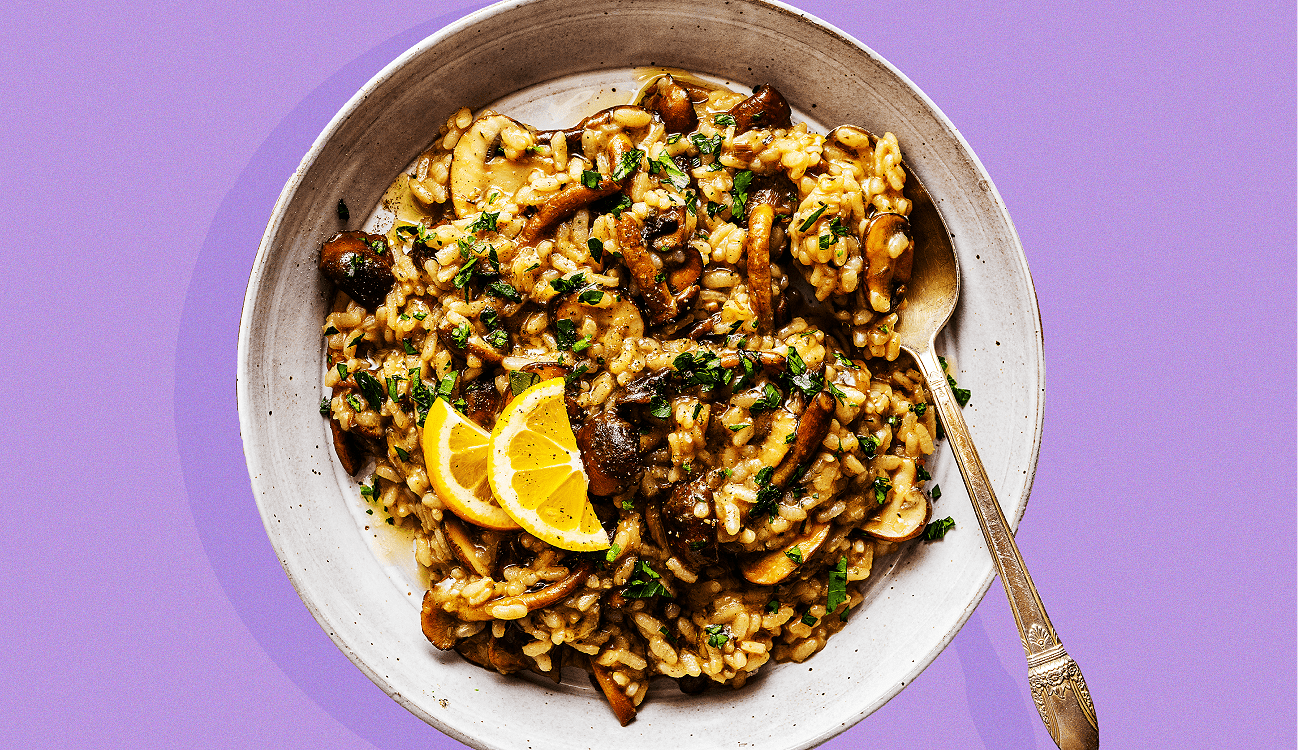As a kid, I suffered from frequent bouts of iron deficiency. Between you and me, it probably was because I refused to eat any vegetables. But I used to deny it every time my mom made this claim. “We get iron only from meat, eggs, and seafood,” I used to declare, with an authority that only a 10-year-old can muster.
Naturally, when I decided to go vegan, this was one of my main concerns. How will I get enough iron? Will I have to rely on supplements for the rest of my life? Well, it turns out that vegan iron sources do exist. (Yes, mom, I know you told me so.)
Here’s everything you need to know about getting enough iron as a vegan.
Why is iron important, anyway?
Without getting all science-y on you, our body primarily needs iron to make hemoglobin, which is a protein found in our red blood cells. It’s this protein that transports oxygen from our lungs to, well, everywhere else. This is how you get energy to function. Besides this, iron also helps keep your immune system healthy enough to fight diseases.
Now, what happens if the iron resources in your body are depleted? From my personal experience, fatigue is what you’ll notice the most, followed by frequent headaches, rapid heartbeat, light-headedness, and shortness of breath. You may also feel a strong craving to munch on things like dirt or ice!
There are two types of iron found in foods
The first type, known as heme iron, is–as 10-year-old me guessed correctly–found in foods sourced from animals, like eggs, meat, and seafood. The other type, known as non-heme iron, is found in plant-based sources.
Generally, our bodies have an easier time absorbing animal iron than plant-based iron, which is where the old “vegans never get enough iron” myth comes from. But worry not. Consume vegan foods rich in iron and employ some techniques that increase iron absorption (both of which we will discuss below), and you’ll be good to go!
How much iron does our body need?
The amount of iron we need depends on various factors, such as our age, gender, menstruation and pregnancy status. Vegans also need to consume nearly twice as much iron (1.8x to be specific) as non-vegans because of the fact that non-heme iron isn’t readily absorbed.
| Life Stage | Iron Needed Per Day for Non-Vegans | Iron Needed Per Day for Vegans |
| Teen boys | 11 mg | 20 mg |
| Teen girls | 15 mg | 27 mg |
| Adult men (aged 19+) | 8 mg | 14 mg |
| Adult women (19 – 50 years old) | 18 mg | 32 mg |
| Adult women (aged 50+) | 8 mg | 14 mg |
| Pregnant people | 27 mg | 45 mg |
| Breastfeeding people | 9 mg | 16 mg |
Is there such a thing as too much iron? In fact, there is! People aged 13 years or younger should only consume a maximum of 40 mg of iron per day. The upper limit for people aged 14 years and older is 45 mg per day. Eating anything more than this can upset your stomach, make you nauseous, and cause abdominal pain.
Top Vegan Iron Sources
Add these iron-rich vegan foods to your breakfast, dinner, and lunch plates to hit those iron goals every day!
1. Nuts and seeds
Not only are nuts and seeds great sources of vegan iron, they also make for very fulfilling and yummy snacks. Grab a handful of a mixture of them every day to munch on, bake them into your pies and cookies, or sprinkle them on top of your yogurts, salads, and cereals for some extra flavor. And, hey, you can also make your very own nut or seed butter and consume them that way! I personally love adding them to my rice and my overnight oats because I love the crunch. Yum!
Here are some nuts with the highest amount of iron per 100 grams:
| Almonds | 3.71 mg |
| Cashews | 6.05 mg |
| Macadamia nuts (dry roasted) | 2.65 mg |
| Pistachios (dry roasted) | 5.17 mg |
| Pine nuts | 5.53 mg |
| Hazelnuts: | 4.7 mg |
| Walnuts | 2.91 mg |
And seeds, with the iron content calculated per 100 grams:
| Flax seeds | 5.73 mg |
| Pumpkin seeds | 8.82 mg |
| Hulled hemp seeds | 8 mg |
| Sesame seeds | 14.6 mg |
| Sunflower seeds (dried) | 5.25 mg |
| Chia seeds (dried) | 7.72 mg |
| Poppy seeds | 9.8 mg |
Try this recipe: Vegan Apple Pie Overnight Oats with Chia Seeds
2. Beans
I like beans because they’re versatile, easy to cook, and come in a sea of varieties. It’s a bonus that they are chock-full of iron and other nutrients, such as protein and fiber, which will keep you feeling full for longer.
Here’s the amount of iron that different types of beans contain per 100 grams:
| Red kidney beans | 2.94 mg |
| Kidney beans | 8.2 mg |
| Navy beans | 2.36 mg |
| Garbanzo beans (aka chickpeas) | 2.89 mg |
| White beans | 3.7 mg |
| Soybeans | 3.55 mg |
| Fermented soybeans (aka natto) | 8.6 mg |
| Black beans | 3.61 mg |
| Edamame beans | 2.27 mg |
| Lima beans | 2.45 mg |
Try this recipe: Vegan Chickpea Piccata
3. Lentils
These small, flat seeds belonging to the legume family are a staple in my pantry because of how affordable, versatile, and easy to cook they are. And, they have an earthy flavor to them that I really love! You can add them to your salads, pastas, and side dishes or mix them with your soups, stews, and curries.
Here are the different types of lentils, with each type having a varied texture and flavor profile:
- Brown lentils: Mild, earthy flavor with a creamy texture
- Black lentils: Rich, butter-y flavor
- Green lentils: Pepper-y flavor
- Red lentils: Mild, earthy flavors with notes of sweetness
- Yellow lentils: Soft, nutty flavor
In addition to their flavors, lentils pack quite the punch when it comes to iron content, too. 100 grams of cooked lentils contain 3.33 mg of iron. Eating one serving of lentils (200 grams) alone gives you 37% of the daily required value of iron!
Try this recipe: Easy Vegan Yellow Lentil Stew
4. Whole grains
If you’re someone who eats rice every day like me, swapping it out for some whole grains a couple of times a week can be a real game-changer. I personally love the chewy texture and the nutty and earthy flavor they bring. Make sure to avoid refined grains, though, as the refining process strips them of all minerals and nutrients, including iron.
Here’s how much iron you can find in whole grains (per 100 grams):
| Quinoa | 1.49 mg |
| Amaranth | 2.1 mg |
| Buckwheat flour | 4.87 mg |
| Bulgur | 2.46 mg |
| Brown rice | 0.4 mg |
| Pearl millet | 6.42 mg |
| Oats | 0.9 mg |
Try this recipe: Vegan Dashi Miso Broth with Farro
5. Veggies
While Popeye might have slightly exaggerated things, a bowl of spinach (and other leafy green veggies) a day does help keep iron deficiency away. While leafy greens have some of the highest iron content among veggies, they aren’t the only ones that contain this mineral.
Let’s explore which veggies you need to target if you’re looking to increase your iron intake. The values below are calculated per 100 grams.
| Spinach | 3.09 mg |
| Broccoli | 0.67 mg |
| Kale | 1.14 mg |
| Swiss chard | 2.26 mg |
| Brussels sprouts | 1.2 mg |
| Collard greens | 0.5 mg |
| Sun-dried tomatoes | 9.09 mg |
| Beet greens | 1.9 mg |
| Palm hearts | 3.13 mg |
| White mushrooms | 0.5 mg |
| Potatoes (baked) | 0.64 mg |
Try this recipe: Spicy Kale and Corn Salad
6. Dried fruits
Even though I hated veggies as a kid, I absolutely devoured fruits both dried and fresh, most likely because I had a sweet tooth. This love continues even today, which is great for my iron levels, as dried fruits are packed with this mineral. You can snack on them, sprinkle them on your overnight oats, or add them to your baked goods.
Make sure to add these dried fruits in particular to your bowls! The iron content is per 100 grams.
While fresh fruits are not known for their iron content, these ones surprisingly pack a punch!
7. Soy products
Soy-based products are not just delicious vegan meat substitutes, they’re also loaded with plant-based iron. On the days when you’re craving some meat, whip up a vegan dish using soy-based alternatives. This way, you get to enjoy the iron-related benefits of meat without falling off the wagon.
Try this recipe: Vegan Buffalo Tofu Bites
8. Blackstrap molasses
This thick, viscous syrup is a byproduct of sugar production and can be used as a vegan sweetener. Surprisingly, it’s a rich source of plant-based iron. 1 tablespoon of blackstrap molasses, which is 15 ml, contains a whopping 3.6 mg of iron! This alone makes up 20% of the daily iron intake needed!
You can add this sweetener to your tea, coffee, smoothies, and milkshakes, use it to make baked goods, mix it with your vegan butter to slather on top of your toasts, or even add it to your sauces and marinades. In short, you can pretty much substitute sugar with blackstrap molasses.
9. Seaweed
If you’ve never tried seaweed before, this is your sign to give it a try! Crunchy, delicious, and packed to the brim with nutrients and minerals, seaweed is a superfood. It’s also very versatile; you can snack on it, turn it into a soup, or garnish it over your food.
While not all types of seaweed are rich in iron, here are the ones that are. The iron content is calculated per 100 grams of dry weight.
| Nori | 19 mg (fresh), 22.6 mg (dried), and 26.2 mg (toasted) |
| Sea lettuce | 87 mg (Yes, you read that right!) |
| Spirulina | 28.5 mg |
| Chlorella | 104 mg (A sprinkling of it should be enough to satisfy your daily iron needs!) |
Try this recipe: Vegan Dashi Ramen
10. Dark chocolate
Do you find yourself heading straight to the dark chocolate aisle at the grocery store? Is your freezer stocked with the stuff? If so, you’ll be happy to know that this treat is high in vegan iron.
As a general rule of thumb, you should go for dark chocolate that is at least 70% cocoa. Just one ounce (28.35 grams) of dark chocolate containing 70-85% cocoa packs 3.37 mg of iron! An entire bar of this (101 grams) contains 12 mg. But, we don’t recommend eating more than 1 ounce a day.
11. Fortified cereals
Some breakfast cereals are fortified with iron to give you that extra mineral boost. Check the labels to see if your cereal has been fortified. Don’t forget to make sure that it’s vegan, too!
Here are some fortified vegan choices:
| Cocoa Pebbles | 1.8 mg/ cup of 28 grams |
| Cap n’ Crunch (Original flavor) | 5.24 mg/ cup of 27 grams |
| Weetabix | 4.5 mg/ serving of 37.5 mg |
| All Bran | 5.4 mg/ cup of 31 grams |
How do you increase the absorption of plant-based iron?
We already saw that non-heme iron (i.e. iron from vegan sources) is a bit hard for our bodies to absorb. So, what can we vegans do to increase this absorption rate?
- Combine your foods with vitamin C: Vitamin C is known for increasing the rate of iron absorption, so add a bit of vit C-rich foods to your diet. You can also drink a glass of citrus juice along with your breakfast.
- Avoid coffee and tea an hour before and after food: These beverages put a damper on your iron absorption because they contain a component called phytates.
- Soak, sprout, or ferment your grains and seeds: These foods naturally contain phytates, which is not good for your iron intake. But, soaking, sprouting, or fermenting them before you cook decreases the amount of phytates, allowing your body to better absorb the iron present in them.
- Use cast-iron cookware: This can increase the amount of iron in your food. You can also pair this with acidic foods like tomatoes that can help leech the iron from your cookware.
So, there you have it. Try out these foods and recipes, and let us know if you see a change in your iron levels the next time you get yourself tested!

